
What is Body Composition?
Body composition: fat, muscle, bone, and water = total weight.
Muscle, bone, and water are generally combined to account for lean body mass.
Body composition is NOT the same as your BMI or your total body weight.
BMI is a calculation based on your height and weight. Taking your weight in kg divided by your height in meters squared. This is NOT a very helpful metric because it doesn’t take into account your lean versus fat mass.
Take for example a body builder who is 6’, 225 lbs, solid muscle and in great physical condition. Compare this to a sedentary person who is 6’ 225lbs, with a larger waist circumference and lower muscle mass. They’ll have the same BMI of 30.5 which falls into the obese category – but clearly they’re in very different states of health. The body builder is NOT unhealthy or obese, his weight is made up of more muscle and bone with less fat than the sedentary man with a larger waist circumference made up of fat.
The scale also doesn’t tell you anything about body composition. It would show that these two men are of equal health if weight was the only metric.
Both the scale and BMI calculations could fall into the “healthy” range, but the person could still have high levels of belly fat (aka visceral fat) on their organs. You may hear this referred to as “normal weight obesity” or “thin on the outside, fat on inside”, or even “skinny fat”. This is a dangerous condition because whether you’re overweight, normal weight, or underweight, having visceral fat increases diabetes, fatty liver, and many metabolic conditions.
Optimally, we want to have higher lean mass and lower fat mass in order to have quality muscle tone, strong bones, and lower metabolic disease risk. This will help you stay stronger and more functional as you age – having a higher and longer quality of life. This also reduces your risk of cancer, cardiovascular disease, and many other chronic illnesses.
How do you know what your body composition is? There are a variety of ways to estimate your current body composition. The easiest and cheapest way is to use a tape measure. Belly fat is the riskiest type of body fat. Looking at your waist to height ratio is a great estimator of your insulin resistance and metabolic disease risks. Measure your waist at the top of your hip bones, keeping the tape measure level around your body.
Optimally, your waist should be less than half of your height. So, for example, if you are 5’8” or 68” tall, you would want your waist measurement to be less than 34” for good insulin sensitivity. If your number is more than half of your height, you are at greater risk for insulin resistance, type 2 diabetes, and other metabolic conditions.
Another great way is to take photographs of your body. This is always everyone’s least favorite part, but photographs are a great way to visibly see the changes in your body size and shape. Take them in the same location, same time of day, and with the same zoom ratio. Wear clothing that will show what your body really looks like.
There are more expensive and higher tech ways to measure your body composition, but most require going to a gym or medical facility. I won’t go into detail on those here, but feel free to reach out if you want more info.
So how do you improve your body composition? We have to eat right, exercise, and minimize stressors.
Nutritionally: we need to prioritize protein. Protein contains the necessary amino acids for building muscle, organ, bone, hormones, and enzymes needed throughout the body. If you’re active (and you should be), at a minimum aim to consume about 1.6g per kilogram of ideal body weight. This would be about 110g of protein per day for a person whose ideal weight is 150 lbs. If you’re doing intensive exercise or resistance training, you may need even more. Here is a quick reference table to determine a good target for your protein consumption:
| Height | Women | Men |
| Under 5’4″ | 90g | 105g |
| 5’4″ to 5’7″ | 100g | 110g |
| 5’8″ to 5’10” | 110g | 120g |
| 5’11” to 6’2″ | 120g | 130g |
| Over 6’2″ | 130g | 140g |
Eating a low carb diet can help you burn more fat by reducing blood sugar levels, insulin levels, and boosting your body’s ability to burn fat. Research has shown that low carb eating can reduce body fat composition faster than low fat eating. In one study, the low carb group lost 22.8% of their abdominal fat compared to the low fat group who only lost 1% on average. The greatest results were in those who reduced their carbohydrate intake to less than 50g total per day. If you’d like to learn more about eating a healthy low carb diet, schedule a free consultation with me. If you’re on any medications or have any diagnosed health conditions, there are some caveats we need to consider before implementing this style of eating.
In the best case scenario, you’ll lose body fat while maintaining or even adding lean tissue (primarily muscle, though as you build muscle you can also increase bone mass). Even maintaining your muscle will help you maintain bone mass.
So we’ve talked now about protein and carbohydrates, the last remaining macronutrient is fat. Don’t be afraid of fat! We NEED fat for brain health, hormones, vitamin and nutrient absorption, and energy. However, we don’t need to intentionally LOAD up on fat. Just be sure to use healthy sources of fat and add it for satiety and flavor. Coconut products (full fat milk in the can, oil, MCT oil), olives, olive oil, avocado, avocado oil, quality animal fats (butter, ghee, dairy, and fatty meats and seafood). These are all great sources of healthy fat that you can prioritize implementing into your daily life with each meal.
Next up is exercise for body composition – resistance training is key to building and maintaining muscle mass and burning visceral fat. You don’t have to hit the gym, pump heavy iron with body builders…but you do need to move your muscles against resistance – this could be lifting heavy objects, pulling or pushing against resistance, or by fighting gravity. Squats, pushups, wall pushups, wall sits, lifting weights, using resistance bands, walking up hills or stairs, planks, swimming, or even biking with resistance.
We’re going for the muscle burn more so than the cardiovascular endurance. If you’re just getting started, go slow and be safe! Start small with body weight only work and slowly increase over time. Don’t jump right in with an hour long heavy weight lifting session. You can also do a few minutes at a time a few times each day. Don’t work the same muscle groups multiple days in a row. Start with three days a week doing resistance training, then add active rest days in between – walking, yoga, pilates, biking, or interval training.




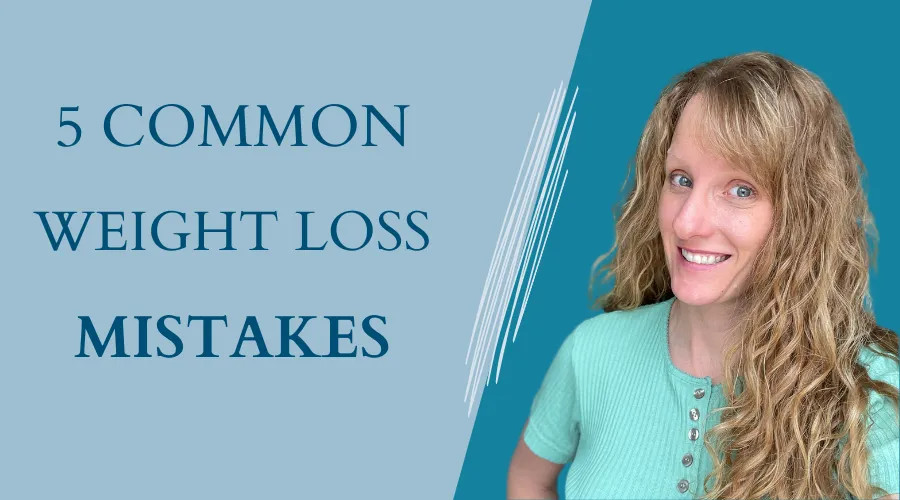
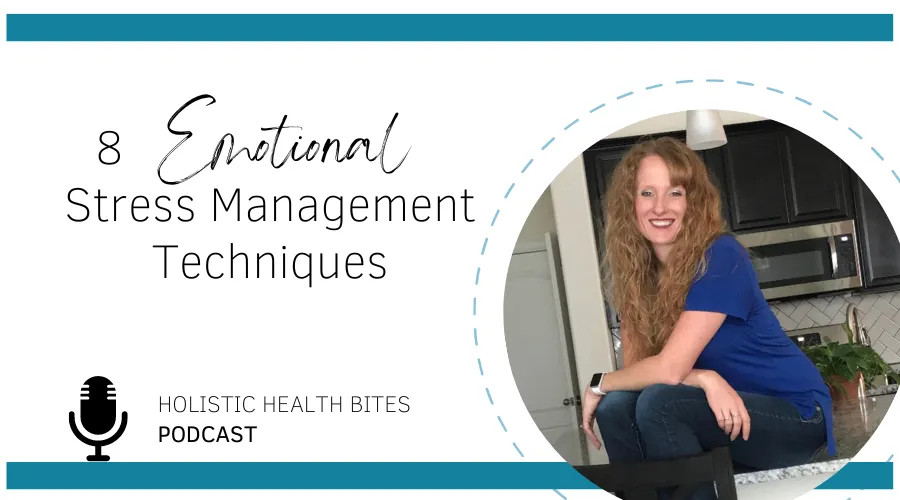
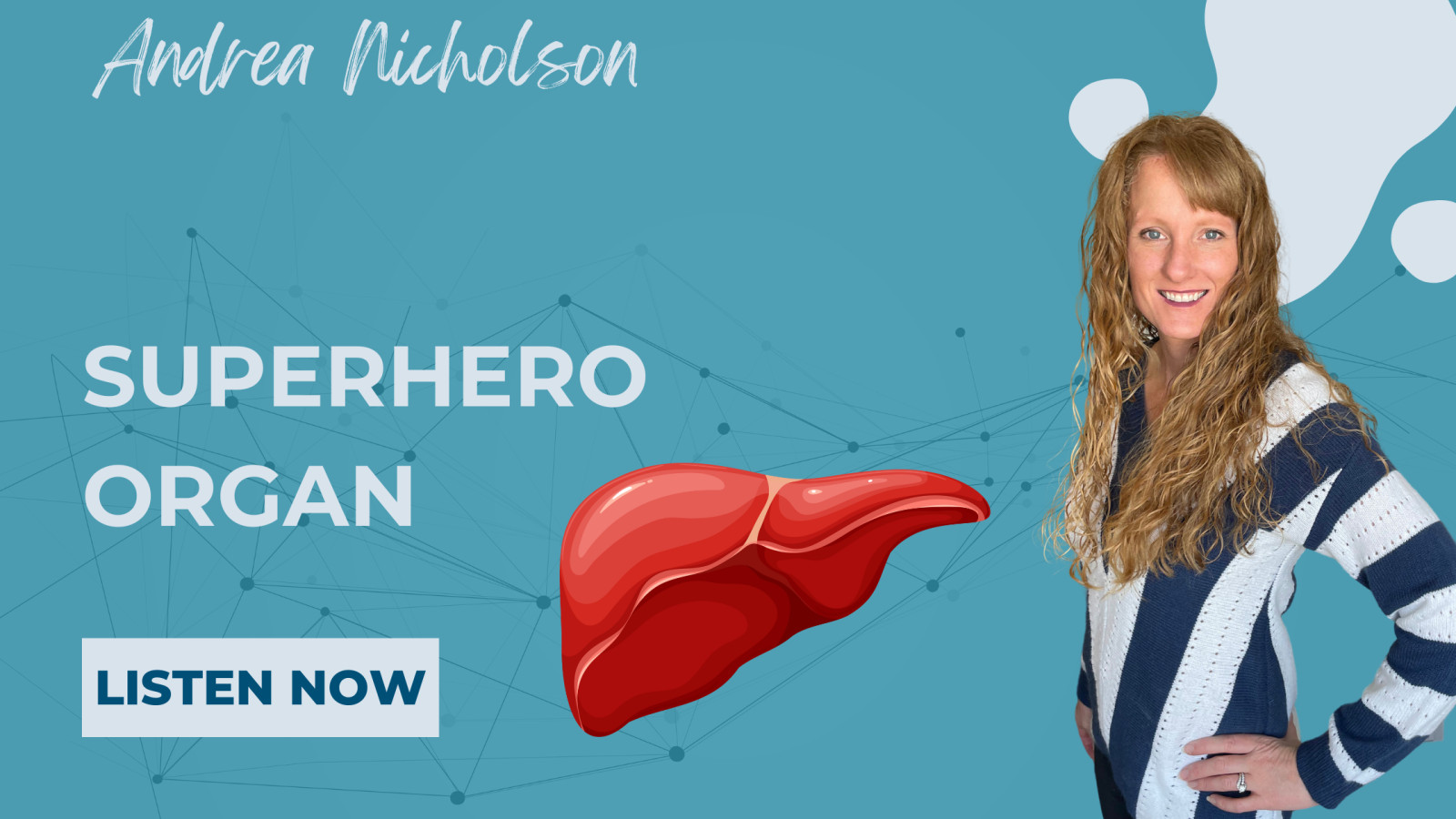

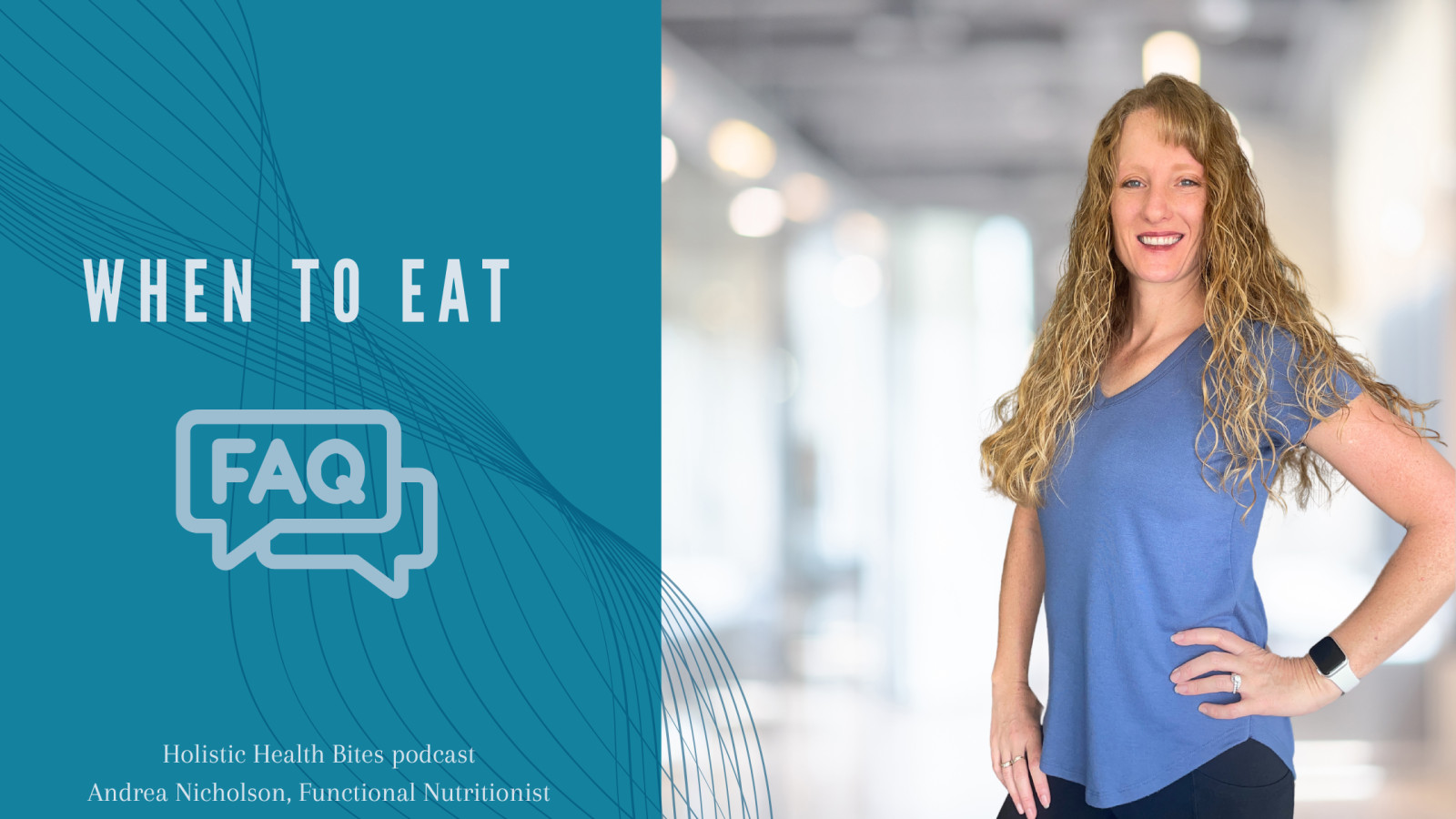

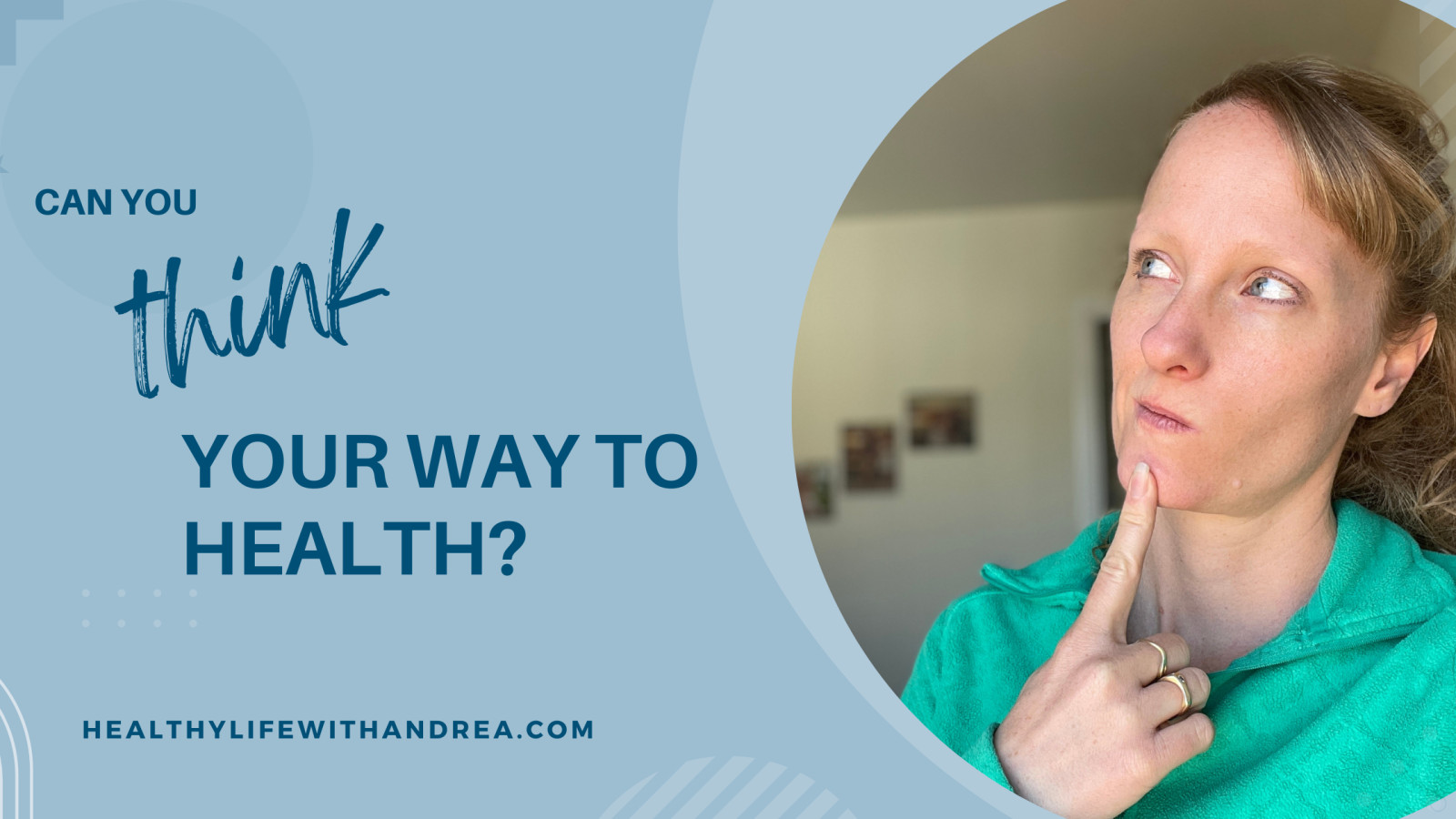
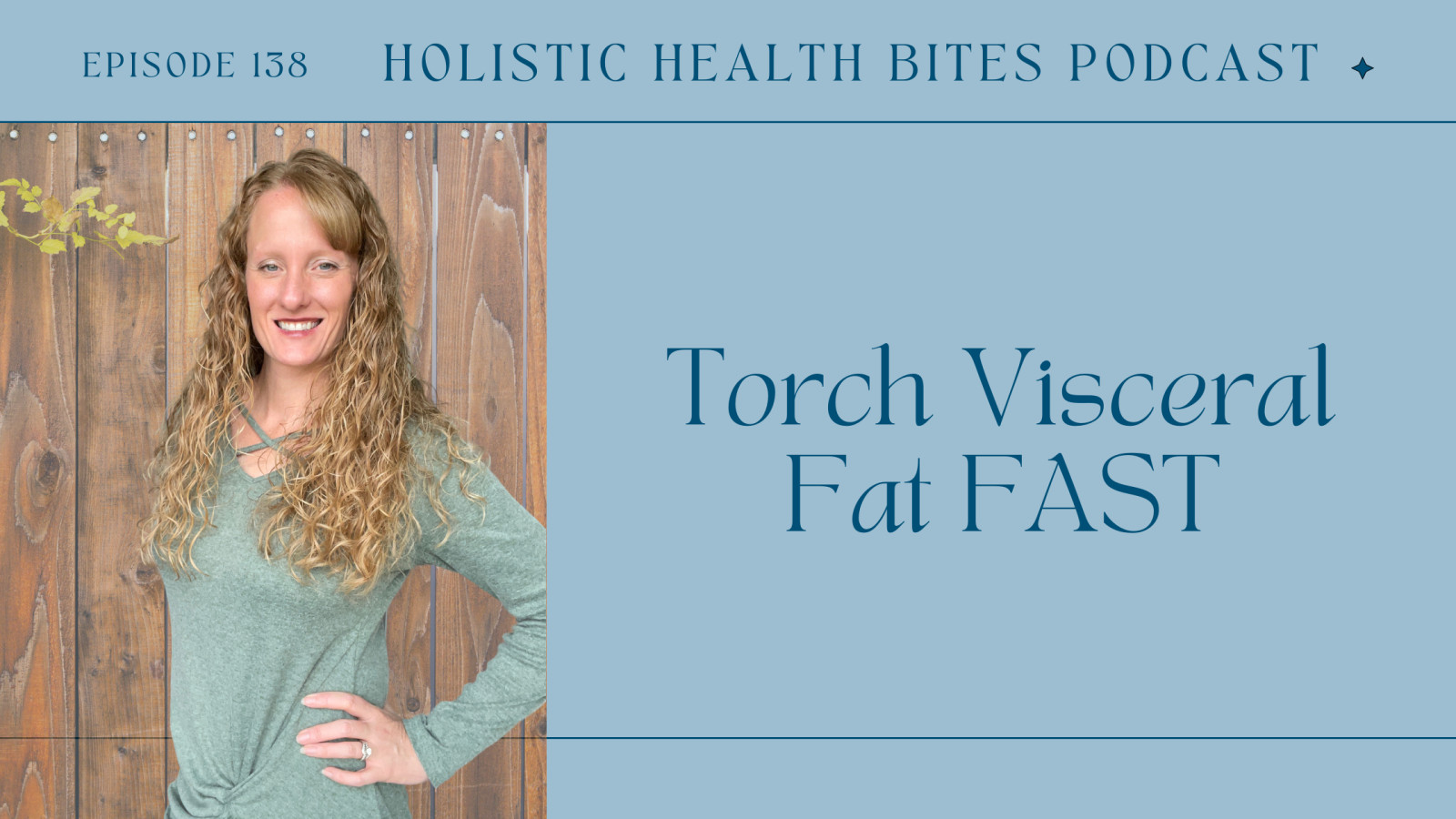

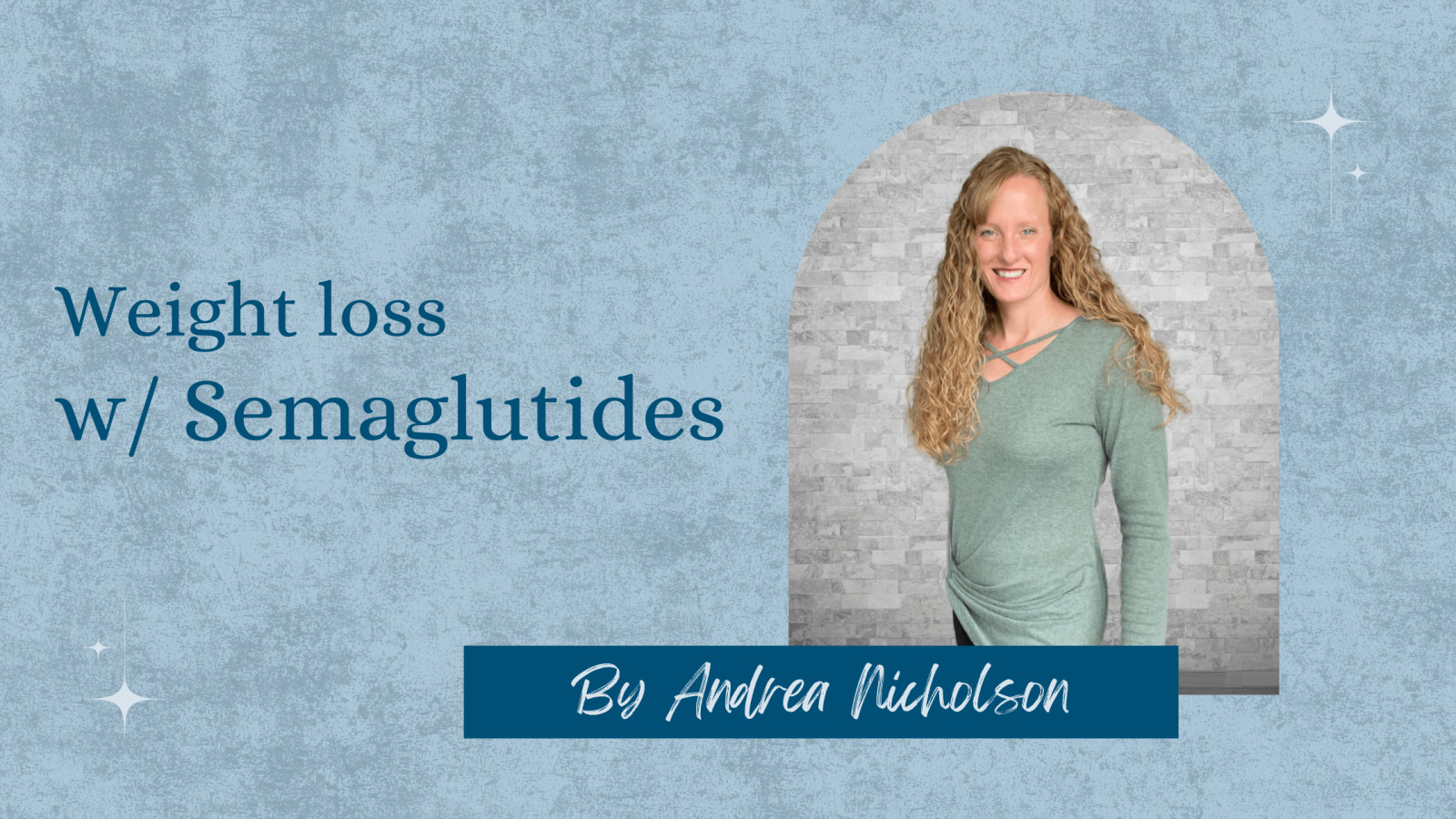
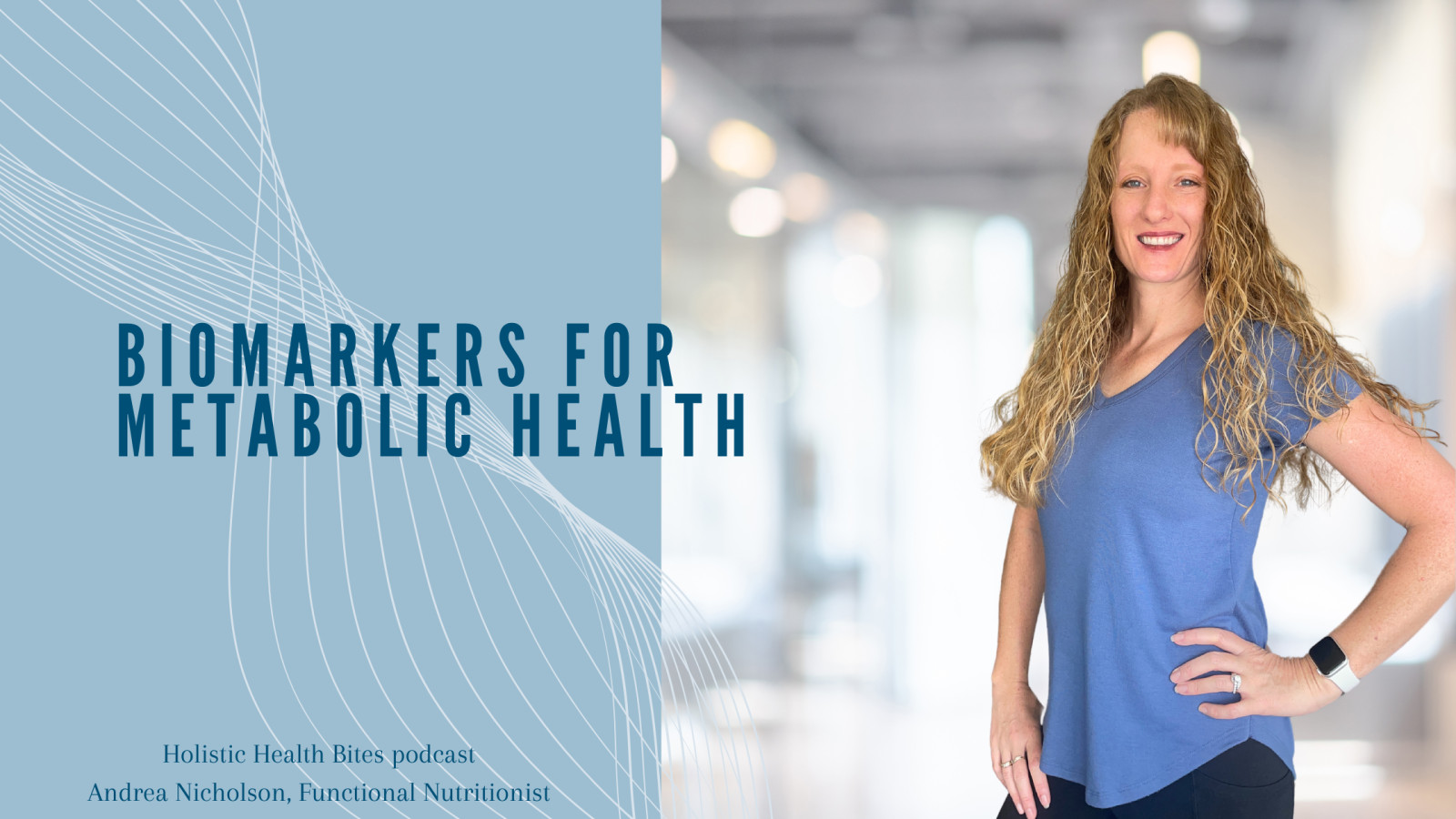






0 Comments